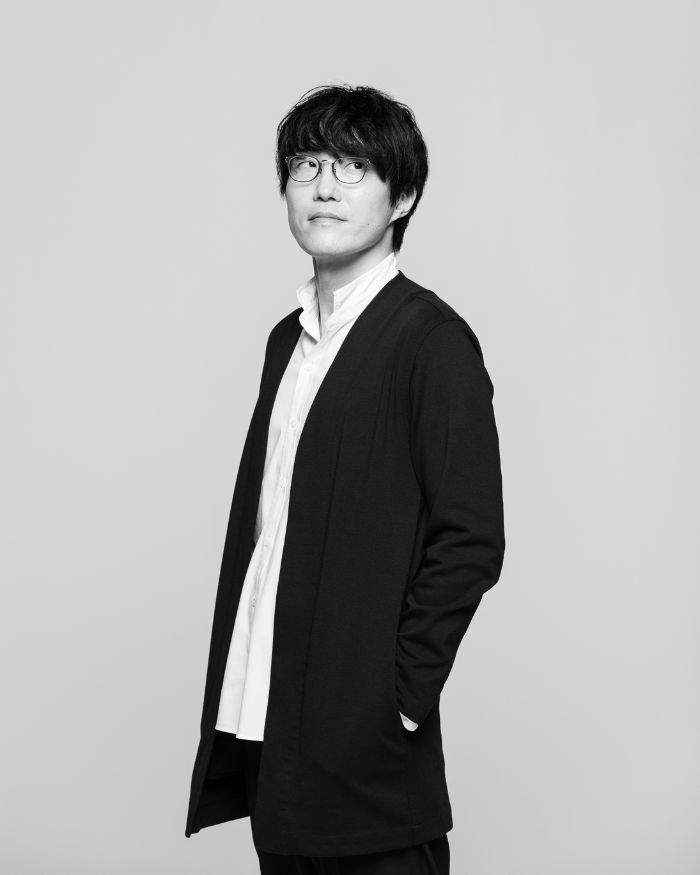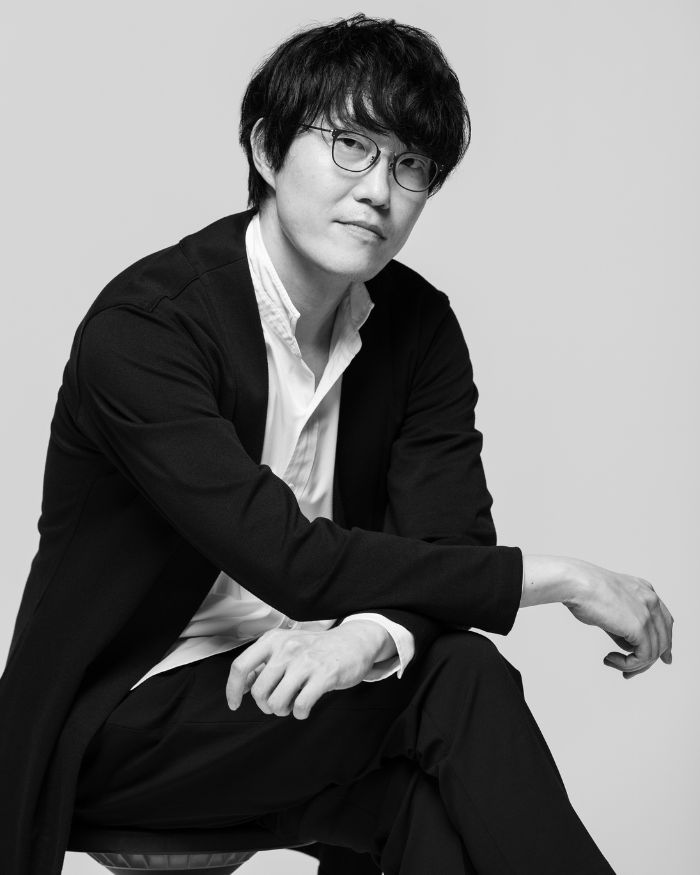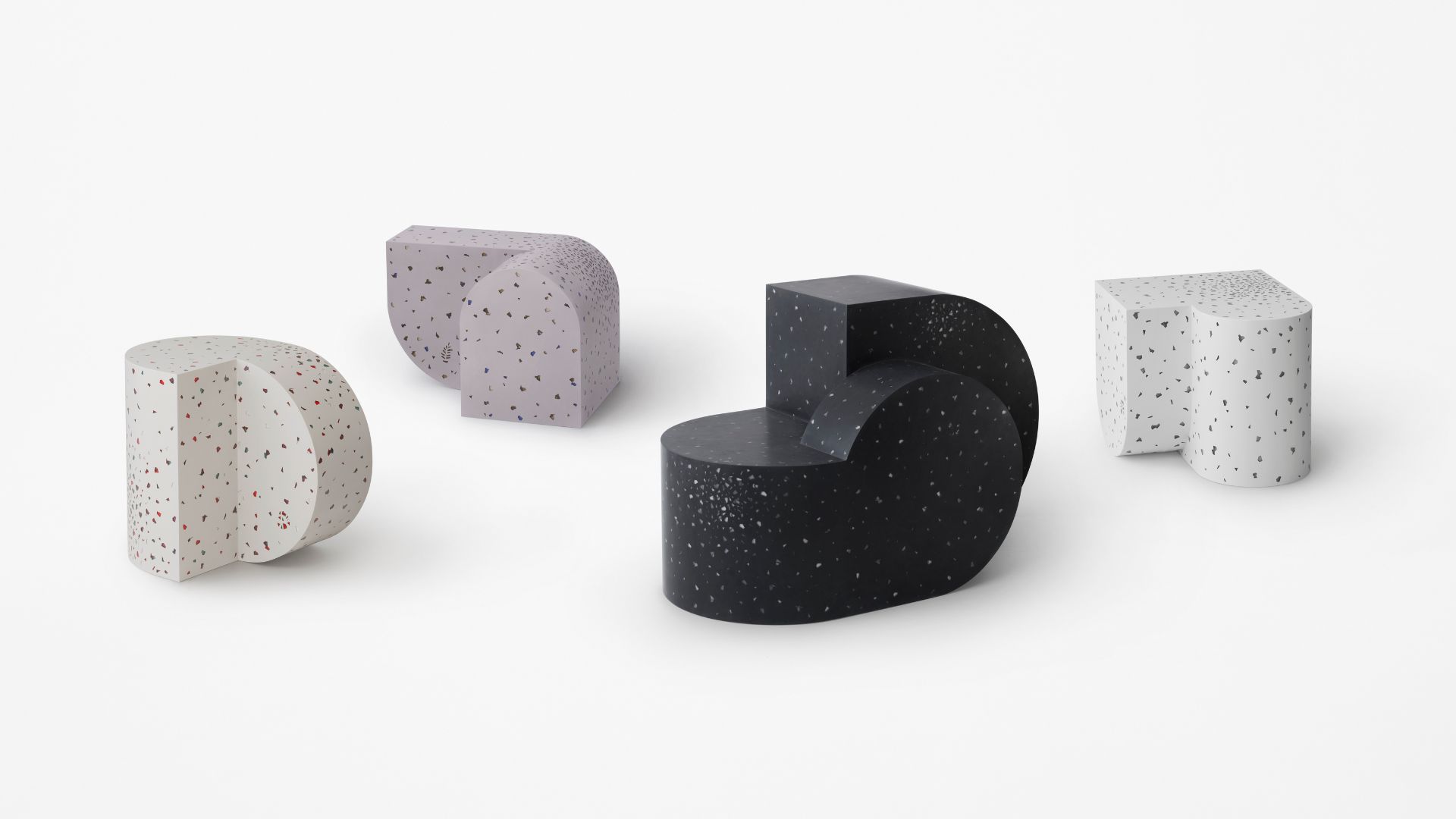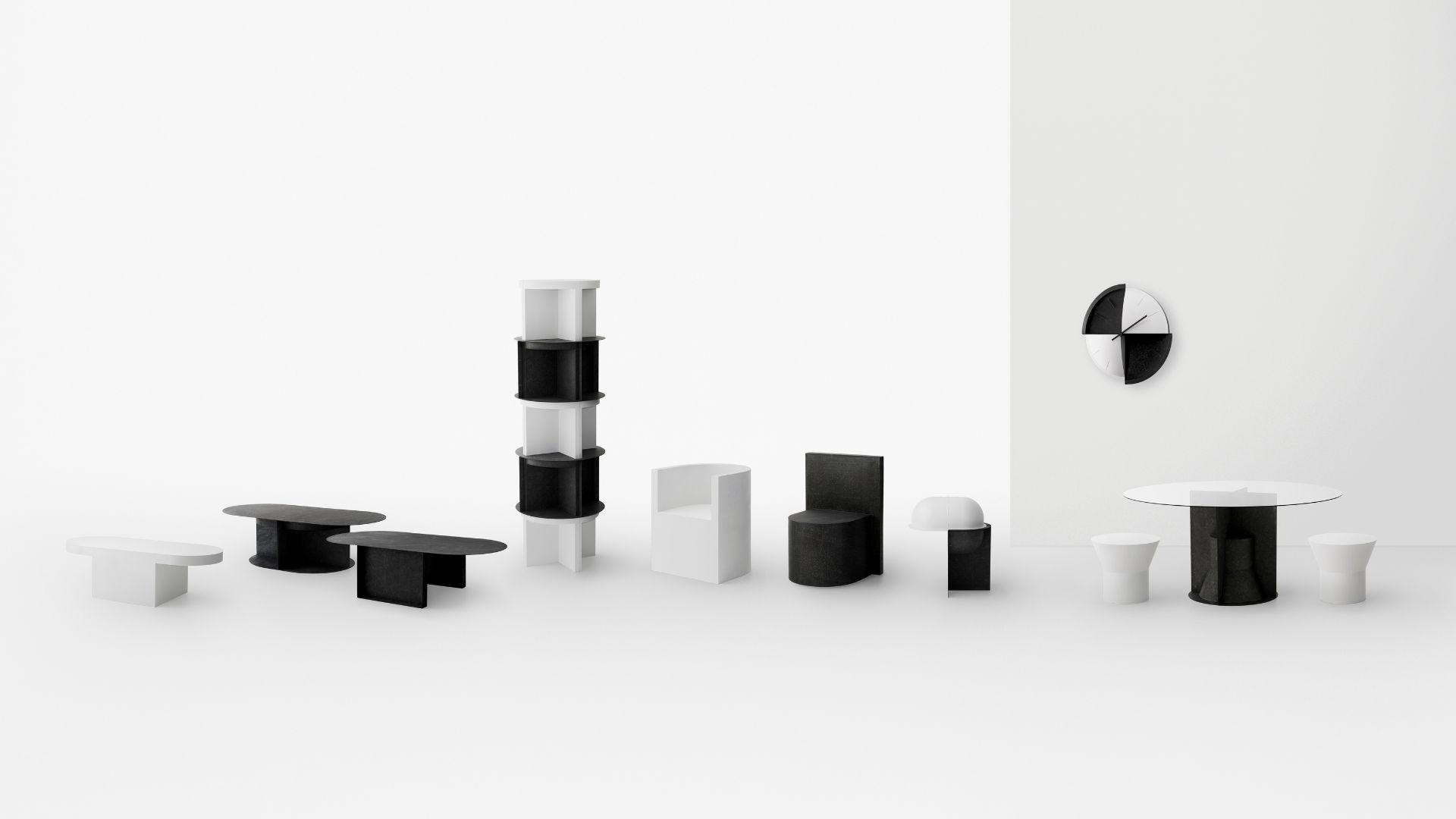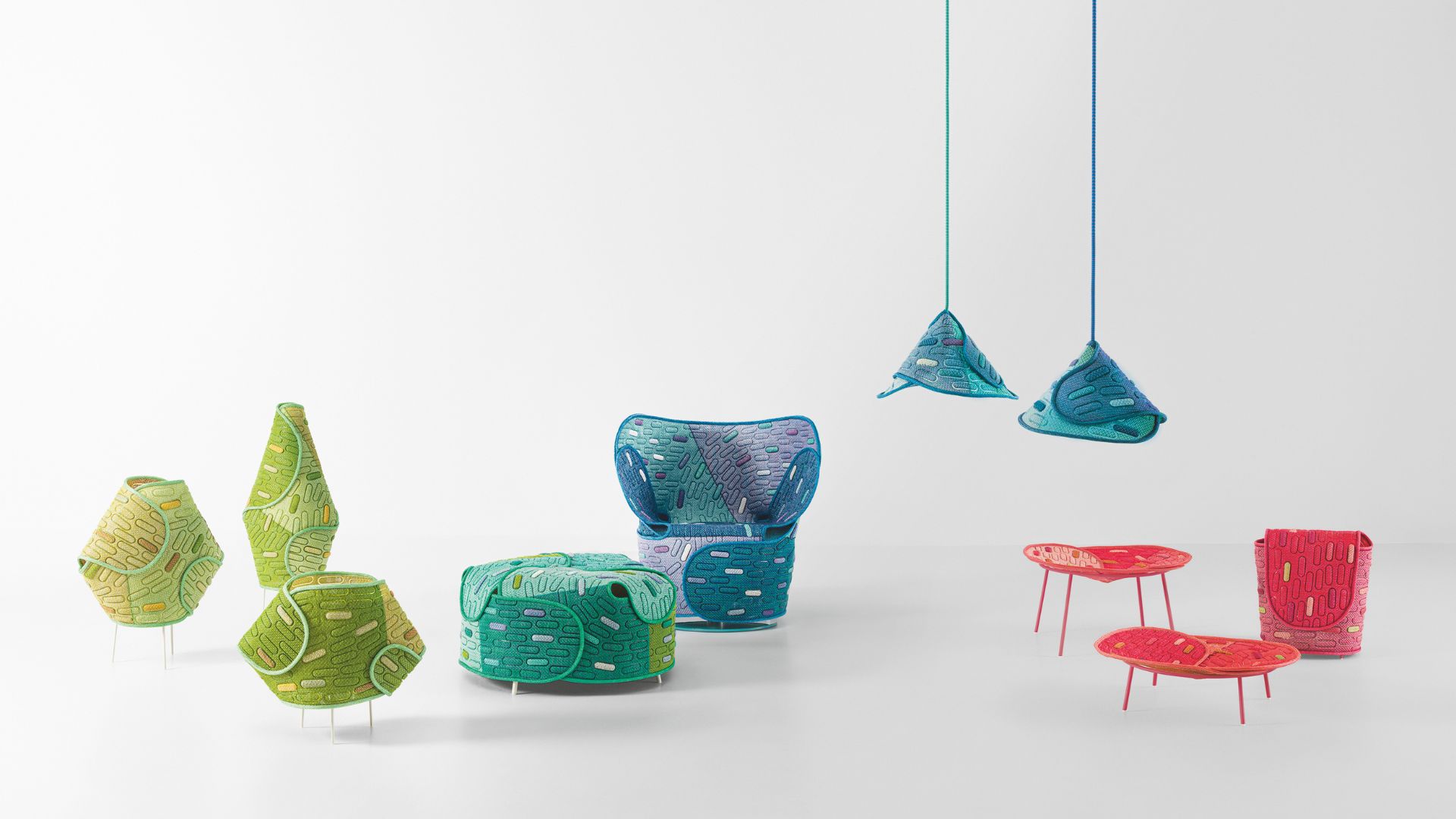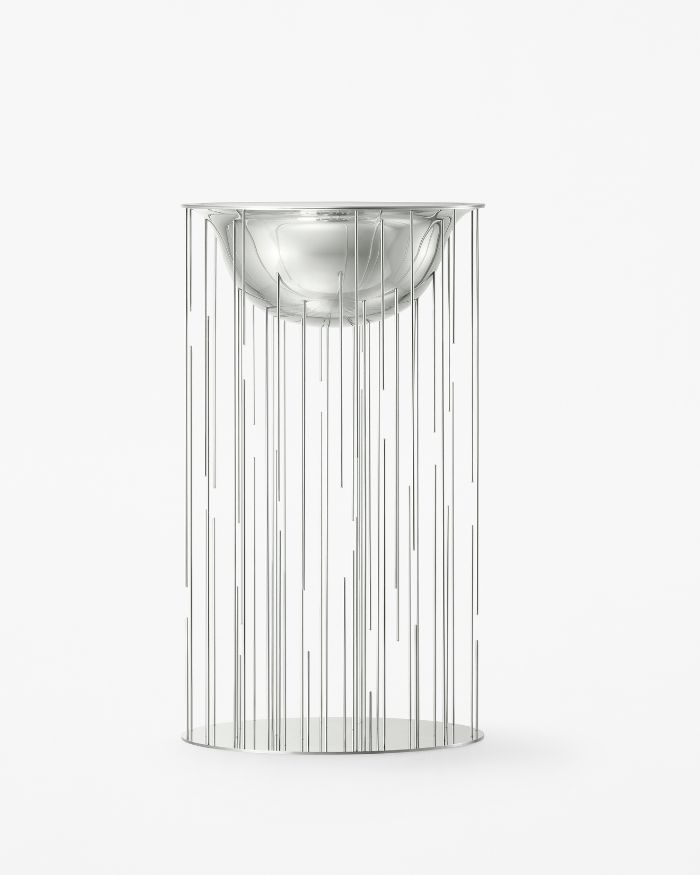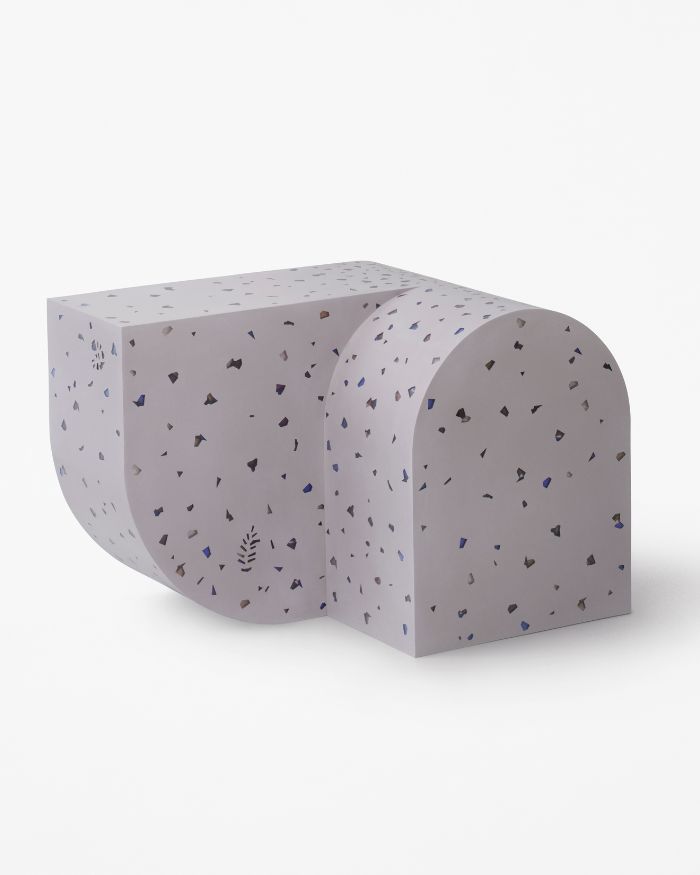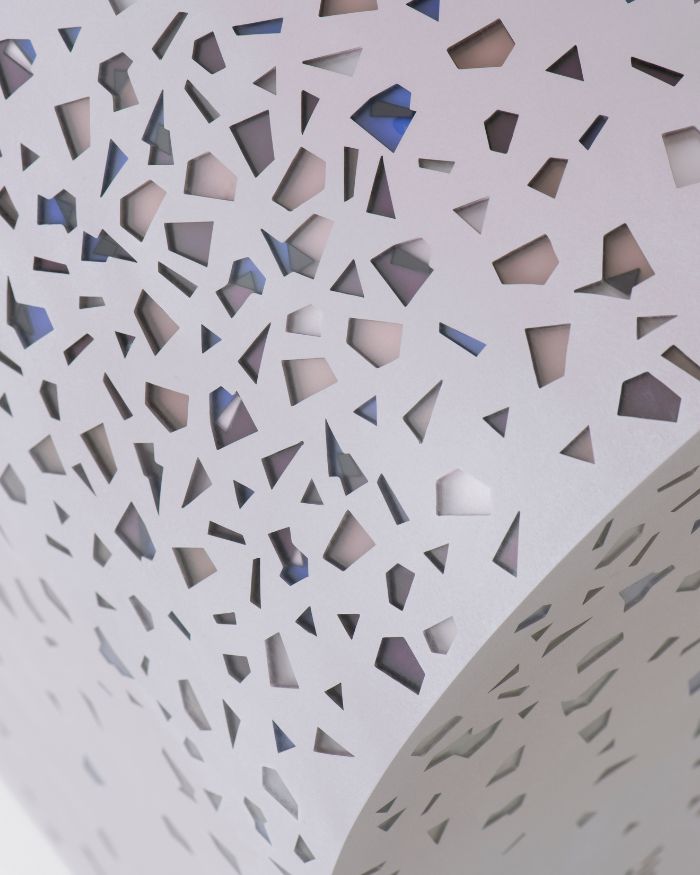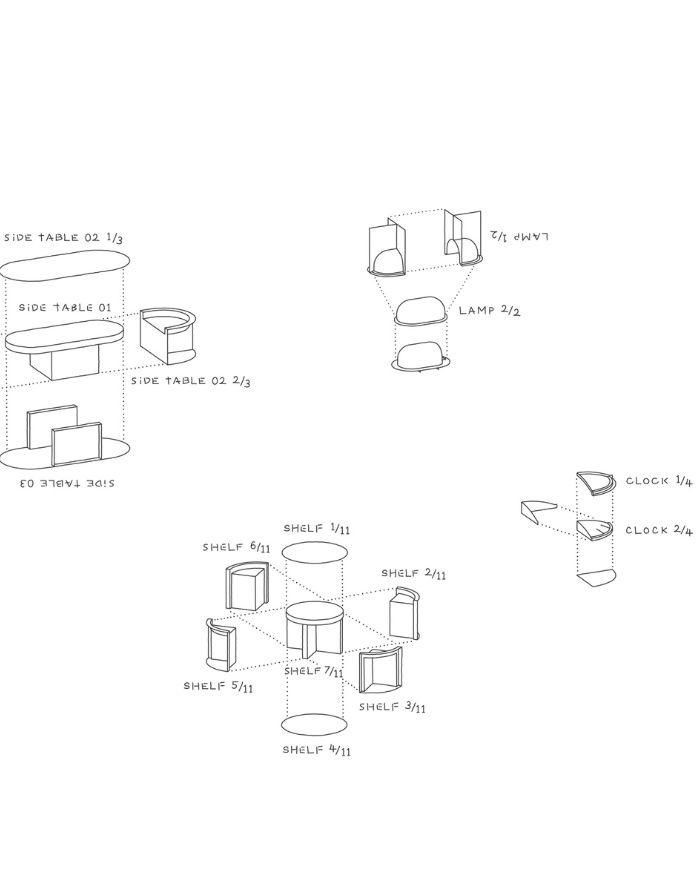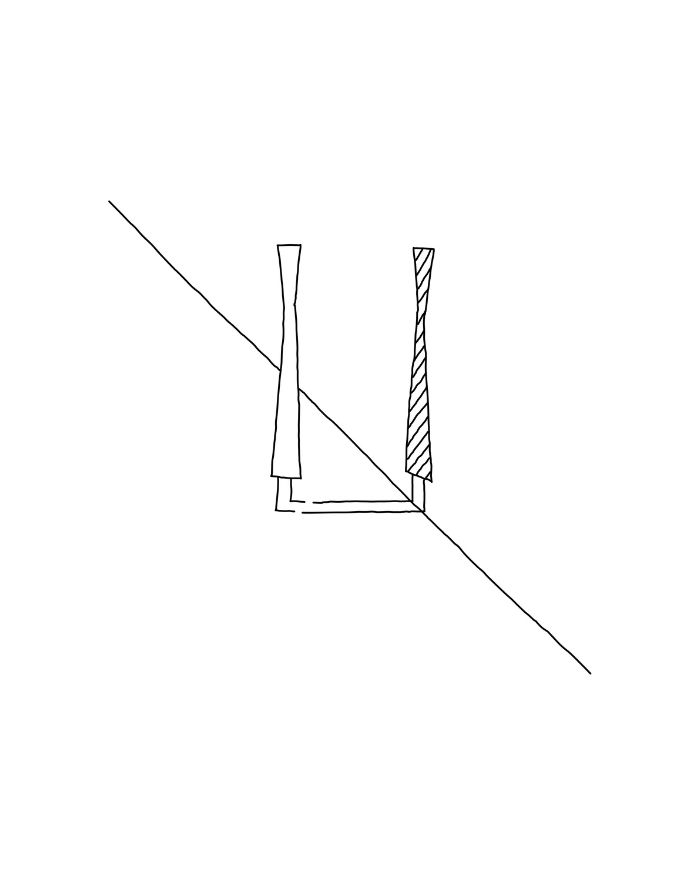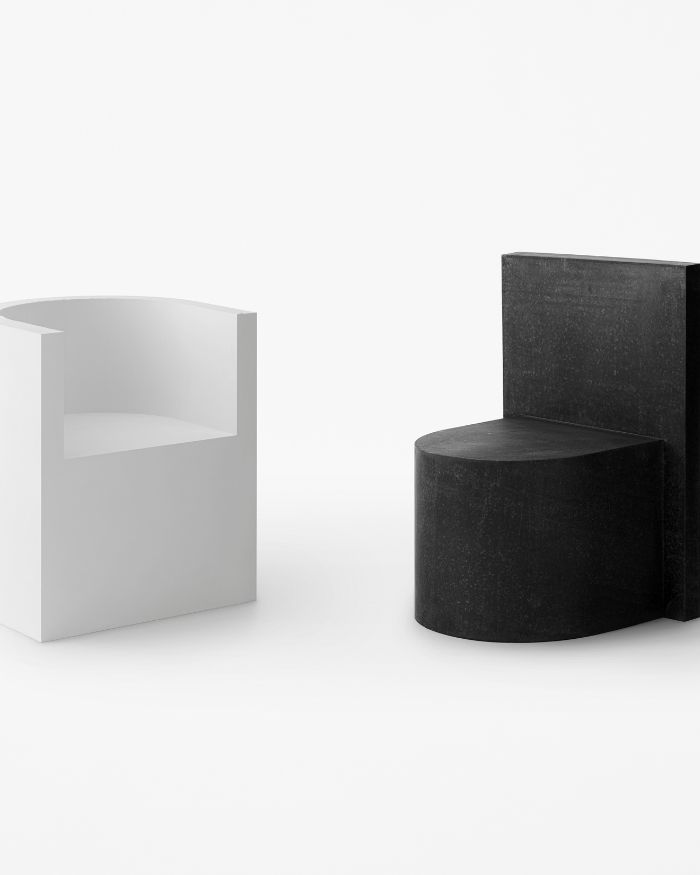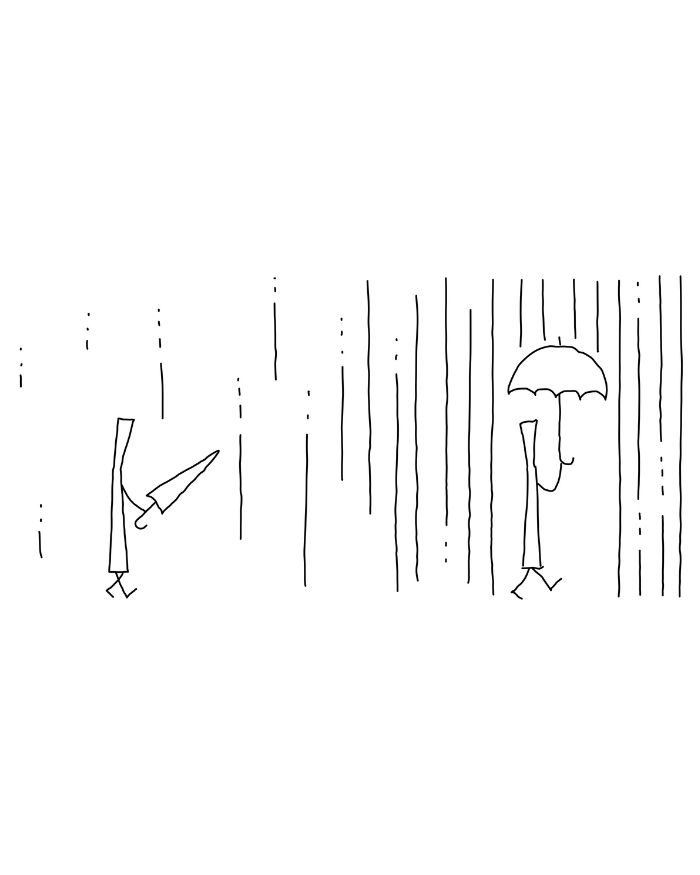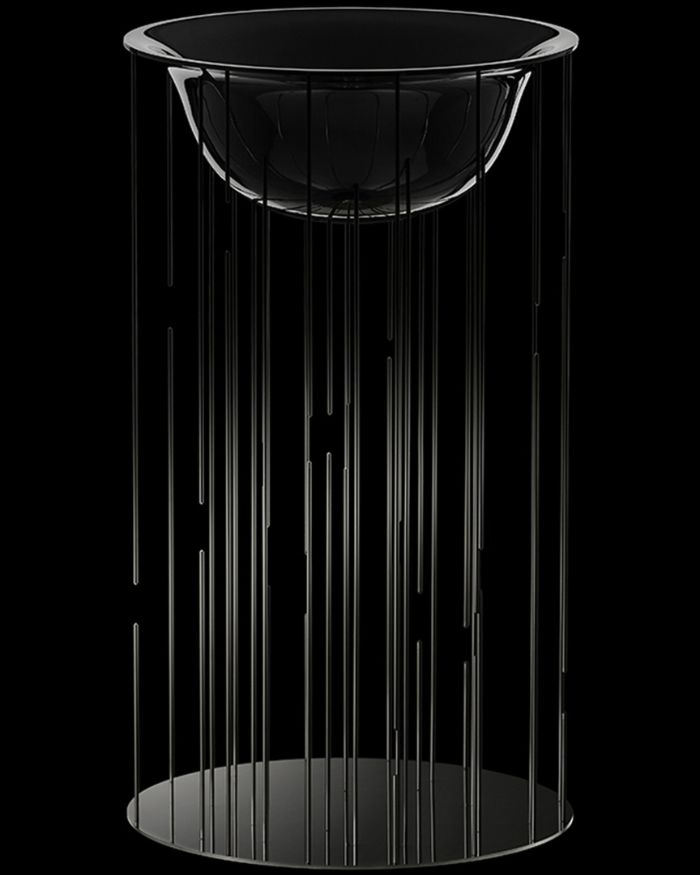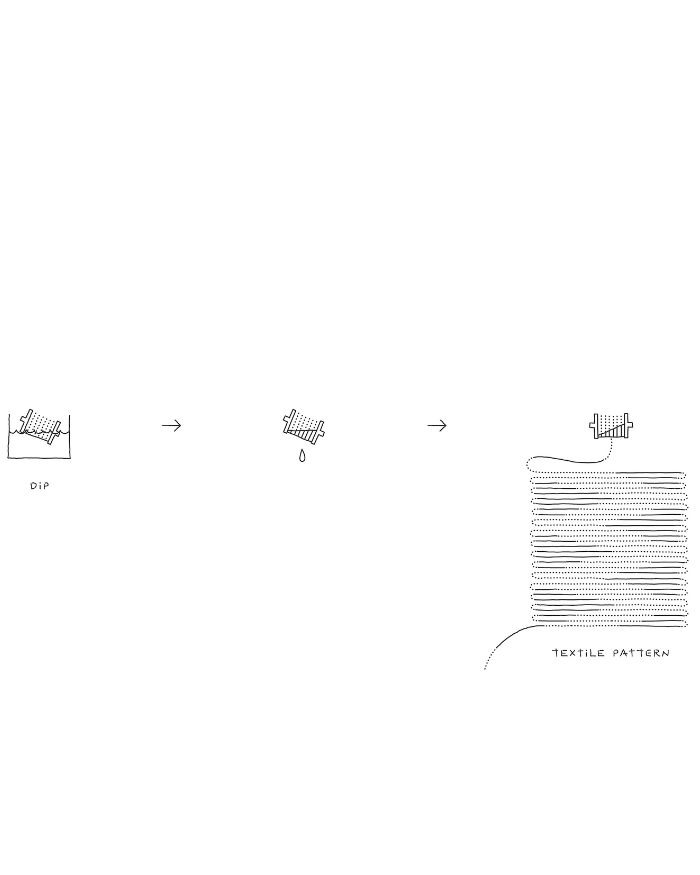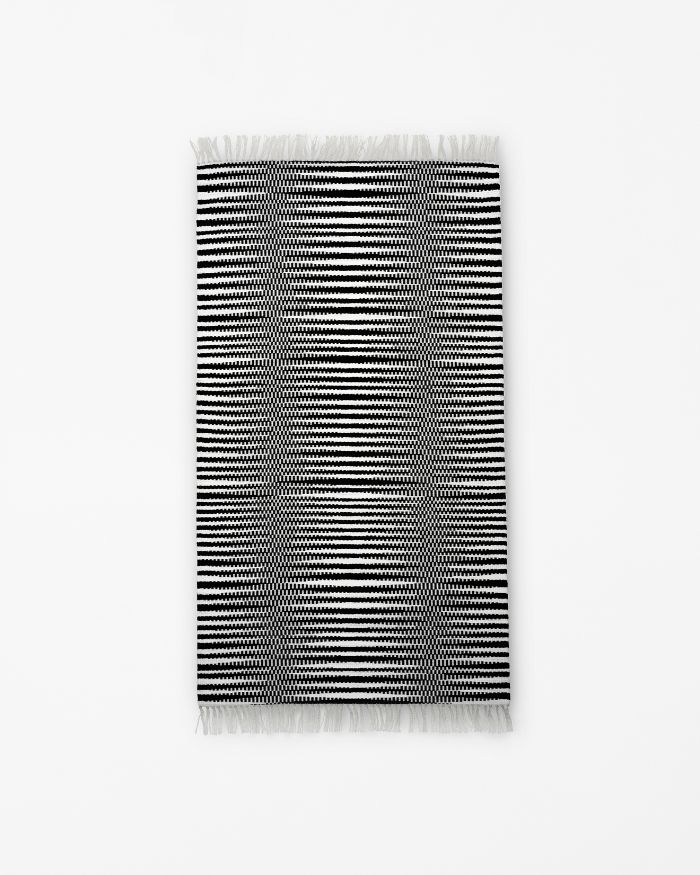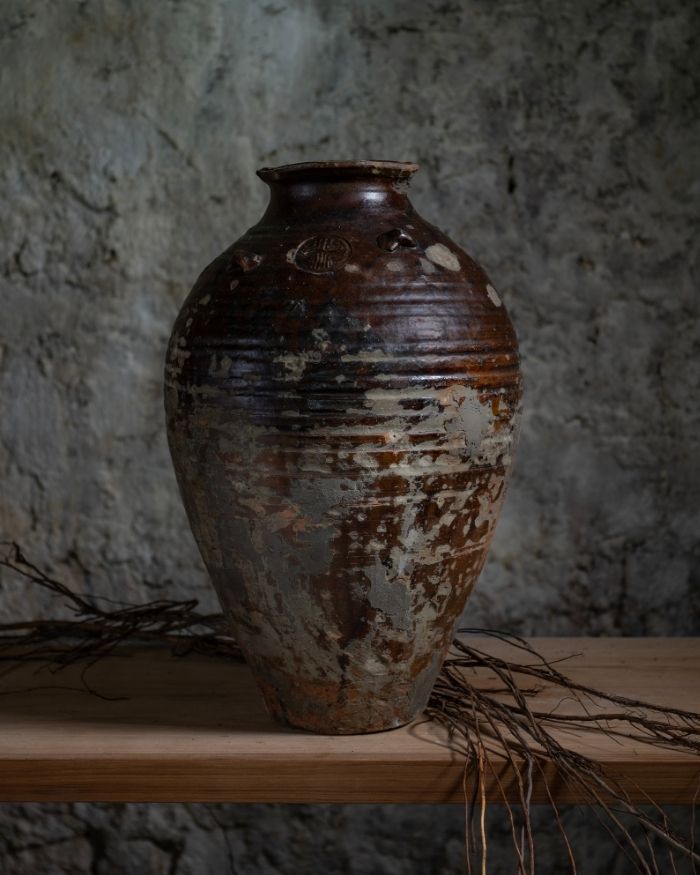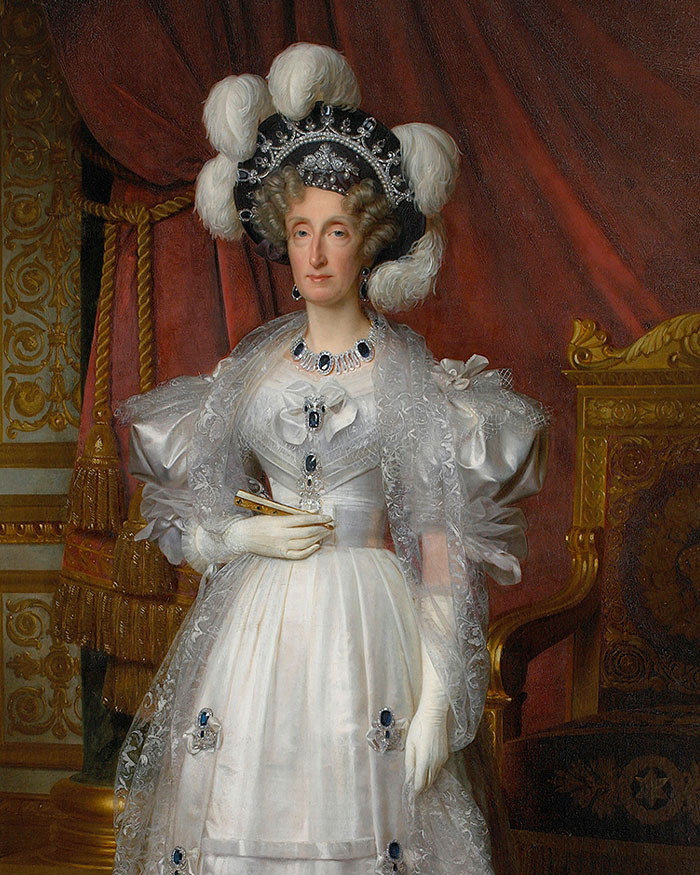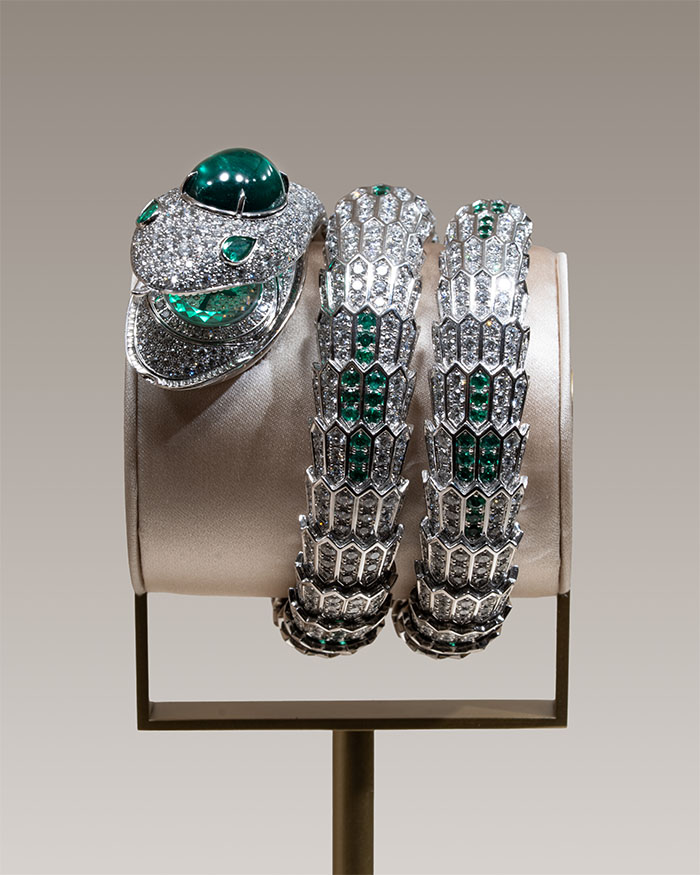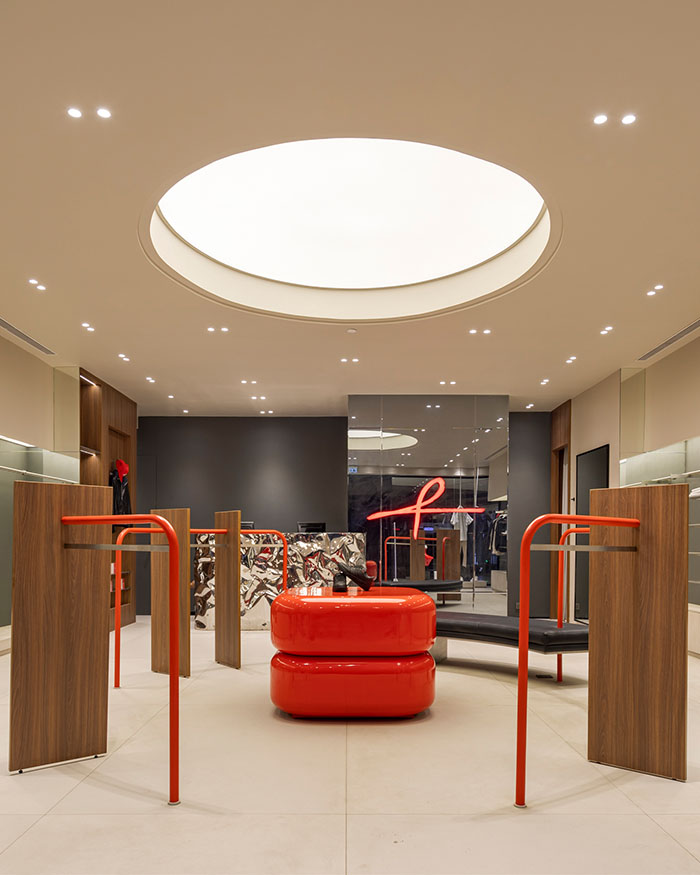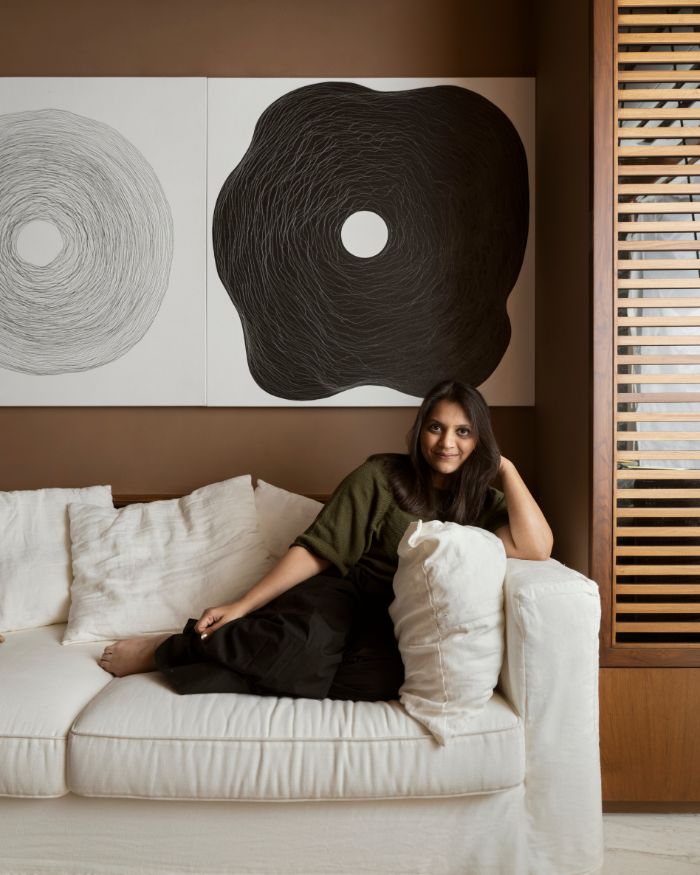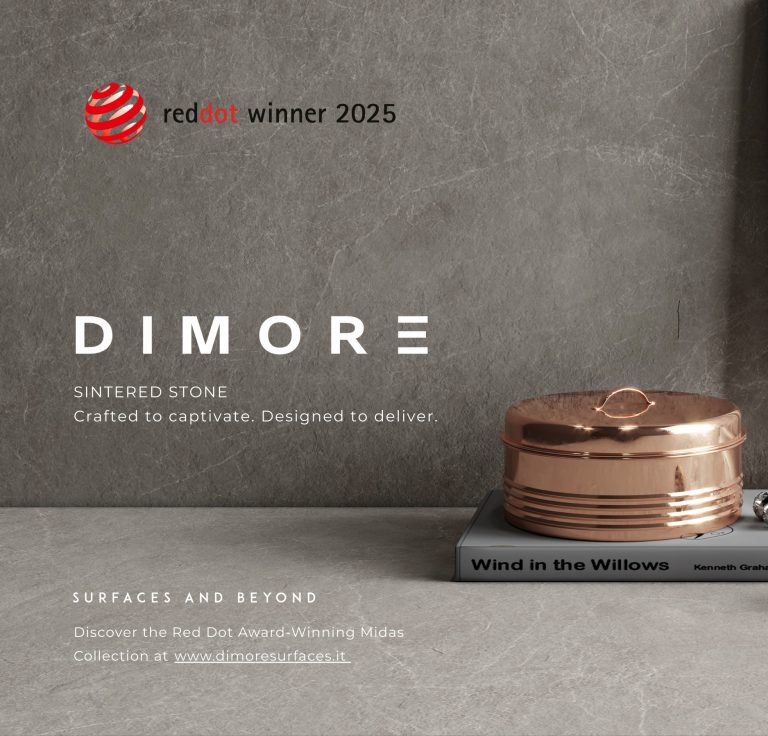Why can’t design loosen up a little? The thought often crosses your mind when you see the work of Nendo. It’s playful, whimsical and out of the box. It’s irrevocably good design, yet as effortless as the summer breeze. “I consider the Japanese manga series Doraemon to be my ‘master,’” states Oki Sato, the visionary mind behind the Japanese studio. While the statement may take you by surprise, wait until you hear why: “In each story, the main character ends up in a bind and a gadget comes to his rescue. He’s not the smartest of the lot, but even so, he manages to use the gadgets without any manual because of intuitive design. On top of that, they have a fun and likeable appearance, yet are never perfect. This drives the development of the stories, in a way making it the optimal design.”
Oki moved to Tokyo after spending his childhood in Toronto – two vastly different cultural landscapes. “That could be the origin of the way of thinking when I design,” he says. “I think I saw things a little differently than the Japanese kids. I found the entire environment very interesting, but others wouldn’t feel anything about it. It’s a gap in the way you see things.” After graduating in 2002, when Oki found himself at Salone del Mobile in Milan, surrounded by products and installations, he began questioning how borders often restrict creativity. “I wanted to design more flexibly, transcend genres. That is why I started Nendo. And after COVID-19, I feel that the need for experiential value has increased even more, and for this reason, it is essential to have a complex expression that crosses genres, such as hardware and software, space and products.” Translating to modelling clay like Play-Doh in Japanese, the lynchpin of the studio lies in its sense of freedom and flexibility – genre-independent, borderless and experiential.
“I like my design to have humour and surprise – like how you add spices to your food" — Oki Sato
